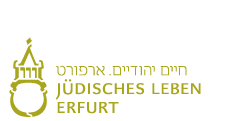Questions About the Erfurt Mikveh
Given that the medieval Erfurt Jewish community had about 900 members and only one mikveh, did you have to queue up and wait before it was your turn?
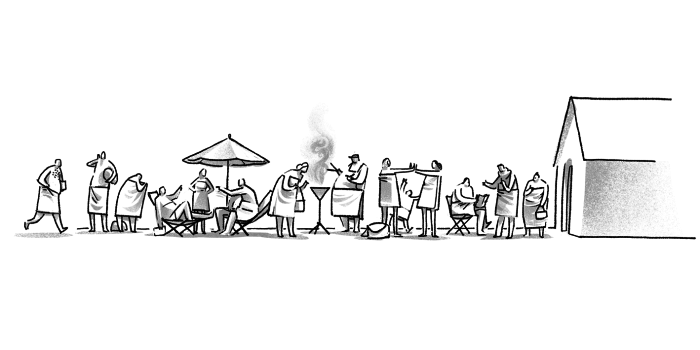
Presumably only on rare occasions, since the community members did not all use the mikveh on the same day. There were certainly days or times for men only and others for women only, with women visiting the mikveh traditionally after sunset. Children, unmarried or divorced women and widows usually did not attend the mikveh anyway. All this reduced the number of people who used it. Women immersed themselves once a month after their period and otherwise in rather exceptional cases (prior to marriage, following birth, illness, or a penitential process etc.).
How often men visited the mikveh depended very much on their personal piety and the local customs.
However, in the run up to Yom Kippur, the holiest day in the Jewish calendar, there might have been a longer wait, when many of the faithful wanted to visit the mikveh within a short space of time.
Today, you can book a time-slot for a mikveh visit.
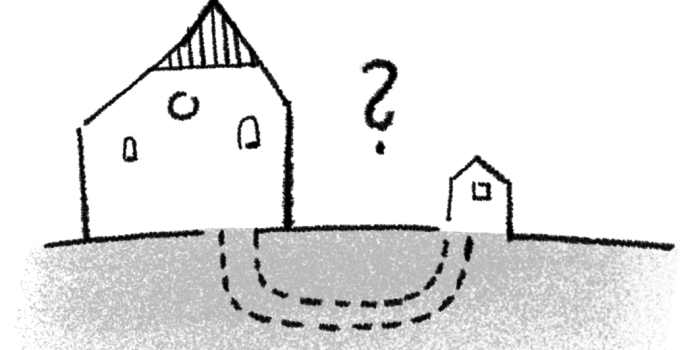
No, everybody just walked there through the streets.
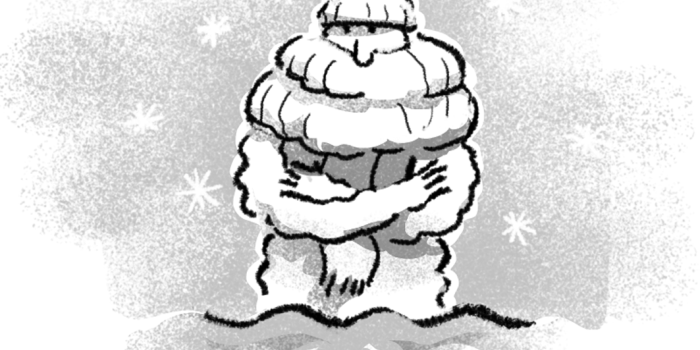
Depending on the season it certainly was. But since it was allowed to add so-called “scooped” water to the mikveh water, the following procedure was used in some places: Somebody added warm water before a man or woman immersed themselves. This way it became a little more bearable in winter.
Some mikvehs had a hearth, which heated the room as a whole. In Erfurt, too, such a hearth was found, but at the moment it is still unclear whether it heated the mikveh or whether it was only installed later. Archaeologists will soon know the answer.
Each community probably had their own methods and traditions, but unfortunately it is not yet known whether, and if so how, the Erfurt community heated the mikveh.
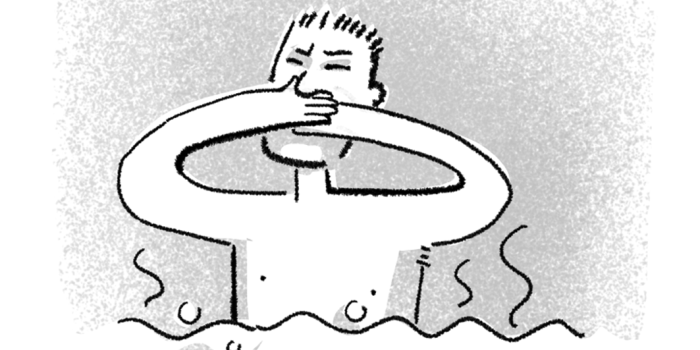
Probably not as dirty as you might think. As with river mikvehs in general, so it was in Erfurt: The water flowed in, but also out again and did not “stand” for a long time. Thus, there was a natural exchange of water.
Of course, the river Gera was used for all sorts of things in medieval times and was therefore not clean, but its water was nevertheless used for their daily needs by Jews and non-Jews alike.
Did a woman not get sick when she had to immerse herself in cold, dirty water directly after giving birth?
A woman never immerses herself directly after giving birth, but at the earliest 7 (son) or 14 (daughter) days later. Normally there is a much longer period in between: 7 + 33 days after the birth of a boy or 14 + 66 days after a girl. The really important thing, however, is that the mother is not bleeding anymore. When there has been no bleeding for at least 7 or 14 days, she is allowed to visit the mikveh again.
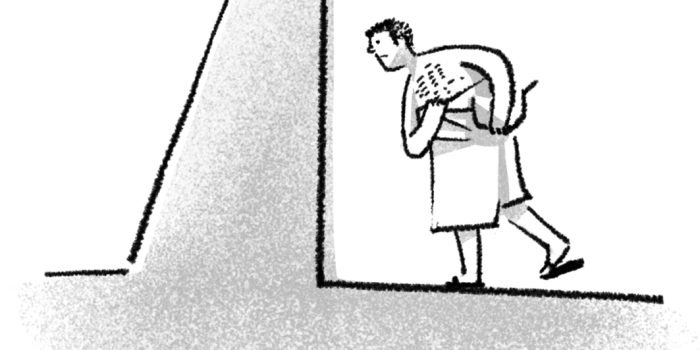
The Erfurt Mikveh is no longer used, it is part of the array of museums, as with all historic mikvehs in Germany. For today’s Jewish communities in Germany, there are modern (and certainly more comfortable) mikveh buildings with pleasantly warm water.
